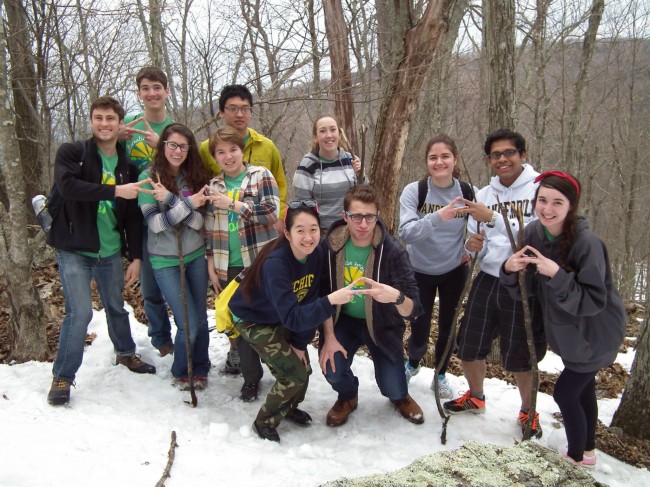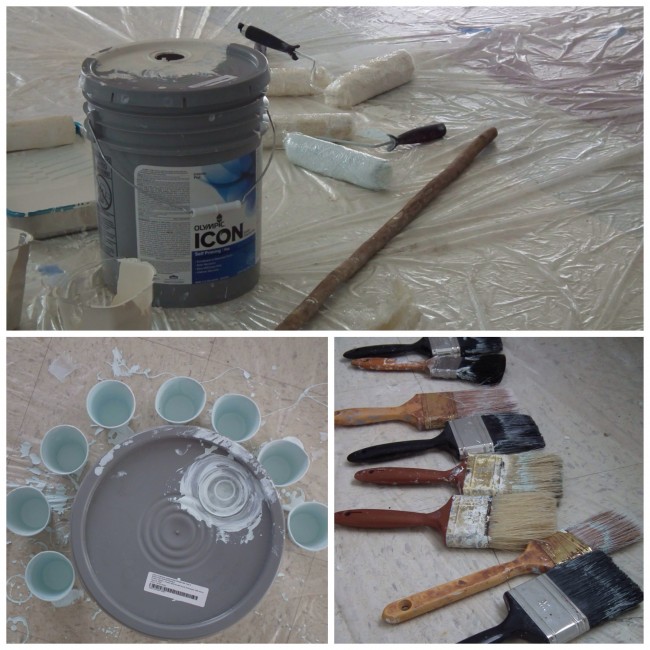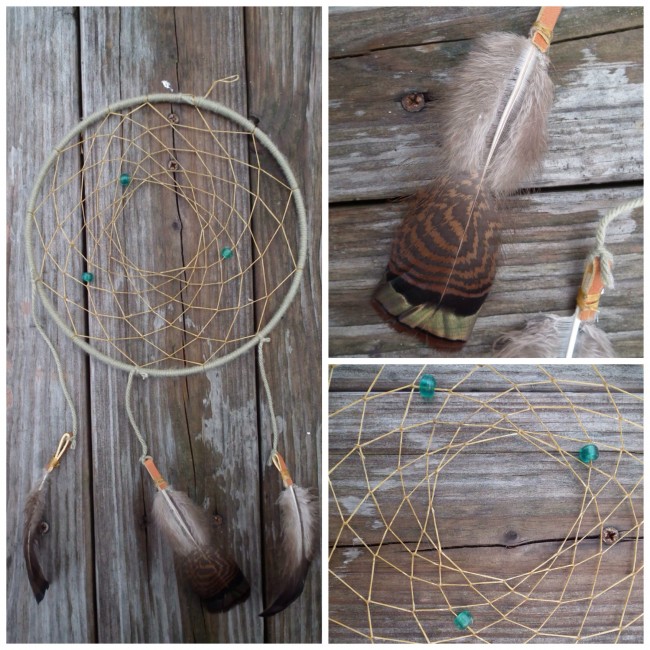Spring Break and Virginia Indians

“Jamestown Revisited” by Karenne Wood
from Markings on Earth, 2001
(upon being asked to attend a gathering at the site of the Jamestown Colony, where church people intended to apologize to Virginia Indians for everything since 1607)
Here you come again,
asking. Do you see
we have nothing
to give, we have given
like the ground, our
mountains rubbed bare
by hybrid black poisons
concocted from tobacco.
You would spread us on your
platform like graven images.
You could repent to us,
weep into your robes an
emotional, talk-show-like
moment to absolve almost
four hundred years, then
go home to mow your lawn.
You are not the ones
who burned our cornfields,
passed infected blankets,
treatied, pilfered, raped, or
traded rum. You are not
those who ask how I can help,
offer Indians your jobs,
or even vote to save the earth.
We are not the ones
whose children froze in rivers,
whose mothers wore bullets,
whose fathers left hearts
on this ground. We are not
those about whom was said,
“They haven’t the rights of dogs.”
We are words of tongues
no one dared speak. We are
nameless, named by others:
mulattos and mongrel
Virginians. We are white flints
and chips of bone, pottery
sunk in red clay, black glass
like spearpoints found here,
of obsidian mined among tribes
who lived a thousand miles
west. We are refrains of our
grandparents’ songs that drift on
night winds with our dreams.
You call us remnants now:
what remains of a fabric
when most of it is gone.
You have no memory –
we sank to our sacred knees and said
there was nothing else to give.
You ask again, will we
come to your apology?
A southeastern wind
answers you. Our ears
are not visible. Lips are not
visible…
O, we are the bones
of what you forget, of what
you thought were just lies…
Only our eyes look around.
Earth-toned eyes, forest
eyes, thunderhead eyes,
eyes flecked with gold, eyes
like obsidian, eyes that are
seeing right past you.
For spring break this year, I had the opportunity to spend a week at the Monacan tribal center in Amherst, Virginia. The Monacan Indians are an eastern woodlands Siouxan tribe, and today they live around Bear Mountain. They have a long and detailed history, as described on their website here.
The tribal center includes a meeting hall and kitchen, a cabin with two rooms of beds, an Episcopalian church, a museum, a schoolroom dating from the late 1800s, and various other small buildings. We slept in the cabin, which had heat but not running water, and every day we worked on the inside meeting hall, painting and cleaning. The small museum attracts visitors (and funds) to the tribe.

On Saturday we packed our bags and set off in two vans. The trip from Vanderbilt to Virginia took a full twelve hours, including bathroom/gas breaks and lunch at Cracker Barrel and dinner at Subway. That night we barely had the energy to brush our teeth and fall into bed.
On Sunday we decided to go hiking, but as soon as we reached the ridge-line, it started raining. We spent the rest of the day trying to get dry, clean, and warm. On Monday we started working, and as we prepared the room for painting, it started snowing. By the afternoon there were four or five inches on the ground, transforming the landscape into a winter wonderland. The rest of the week, we proceeded with patching tiny cracks and holes in the walls, sanding down the putty, and painting the walls and the ceiling. We completed the painting on Thursday, and on Friday we visited the museum and made traditional Indian dreamcatchers. On Saturday we drove back to Nashville.
The daily routine was very relaxed. We started the day at 8:30 or 9:00 with ASBreakfast, and worked until lunch around 12:30 or 1:00. After lunch, we worked for another hour or so and then relaxed, napped, or explored until dinner at 6:00 or 7:00. After dinner we retreated to the cabin for times of reflection and Life Maps. Life Maps are the stories of our lives, presented however we want, and it is my absolute favorite part of ASB as an organization. We usually went to bed around 1am. I was happy with the schedule because we kept ourselves occupied with physical work, but we also had plenty of time to catch up on sleep and be social with friends, which are the primary purposes of vacation in my opinion!
One day, we had the opportunity to listen to Professor Susan Mead, a sociologist from Ferrum College. She has been a friend of the Monacan Indians for forty years, and she presented her knowledge of the history of the tribe and other Indians in the area. She read us poems like the one above.

Throughout the week, we also discussed the Monacan history and culture with the current chief, Sharon Bryant. She helped us understand the current plight of the tribe. In a short time of reflection, our group discussed the following:
On cultural preservation and assimilation: “I really like that Chief Sharon made a point that in terms of the Monacan cultural identity, it’s not about assimilating… It’s interesting that the Monacan Indian nation wants to retain its insularity but also be recognized by the umbrella culture.”
“The important thing for Chief Sharon is that the culture and the knowledge of the culture survives, and obviously, she’s not saying, “Go out and spend your life as a basket-weaver or bone-carver,” but it’s important to let people know that those are still things that are good to do. That’s the impression I got from Chief Sharon; she just wants it to stay an existent piece of knowledge and a part of people’s lives.”
On living and growing up in a country yet not being considered a citizen or possessing full rights: The Indians were and are “just kind of ignored and forgotten. Like you aren’t a people because you just don’t exist. Like you existed in the past, but “You’re still a thing? Oh that’s quaint.” And I think that’s part of the reason that Chief Sharon is as adamant as she is about preserving the culture, still being considered an extant entity.”
On service and education: The Chief “gave us a good thing to think about: that’s why we we’re here, to help spread the knowledge that the Monacans and the other Indian nations are still alive and trying to preserve their culture. We can help educate those around us. Really learning and showing the Indians the respect that they deserve––not letting them be invisible––that’s service.”
Chief Sharon also prepared many meals for us, including halal and vegetarian options, for which we are extremely grateful.

My favorite part of this week is the awesome people with whom I bonded. We had three juniors, five sophomores, and three first-year students. I can’t tell you how many times I laughed and even cried with these friends this week, and how accepting and loving they were. They brought out the best in me; they nurtured my optimism, affection, and joie de vivre. By offering me emotional and practical support, they have given me peace about the rest of the semester and the summer.
My least favorite part of the week is my tendency toward disaster. This week, I made a sink fall off the wall, I made a toaster hit the ground, I poured salsa all over the table, I broke the handle of a paint roller as I was painting the ceiling, and I ran into a glass sliding door. The only things that were actually damaged were the roller and my dignity, but no one gave me a hard time about this apparent lack of gentleness. However, I learned how to split in apple in half with my bare hands.
On Friday afternoon, we each made dream-catchers with yarn, sinew, glass beads, and feathers. That night, community members gathered in the newly-painted meeting hall, and we enjoyed a performance of traditional Indian dances with costumes. Later, we visited the small museum.

I chose to do ASB for several reasons. First, I take every opportunity to travel, so when I read about sites ranging from Glen Canyon to Portland to Nicaragua, I immediately decided to apply. ASB sites deal with issues such as poverty and homelessness, culture and immigration, animal rights and the environment, children and education, health and medicine, and disabilities. Second, it’s an easy way to make friends. From my past experience on service trips, I knew that these experiences glue people together. Third, what would I do otherwise? Neither my friends at state schools nor my siblings have spring break this early in the semester, so there wouldn’t be much for me to do at home.
This trip parallels my Alternative Winter Break experience: twelve Vanderbilt students spend a week doing service. Yet the type of service, the daily routine, the location, the time of the year, and of course the group dynamic are each inherently different. I enjoyed both trips, and I’m definitely going to continue participating in alternative breaks.
Watch a cool video with more pictures from the trip:
